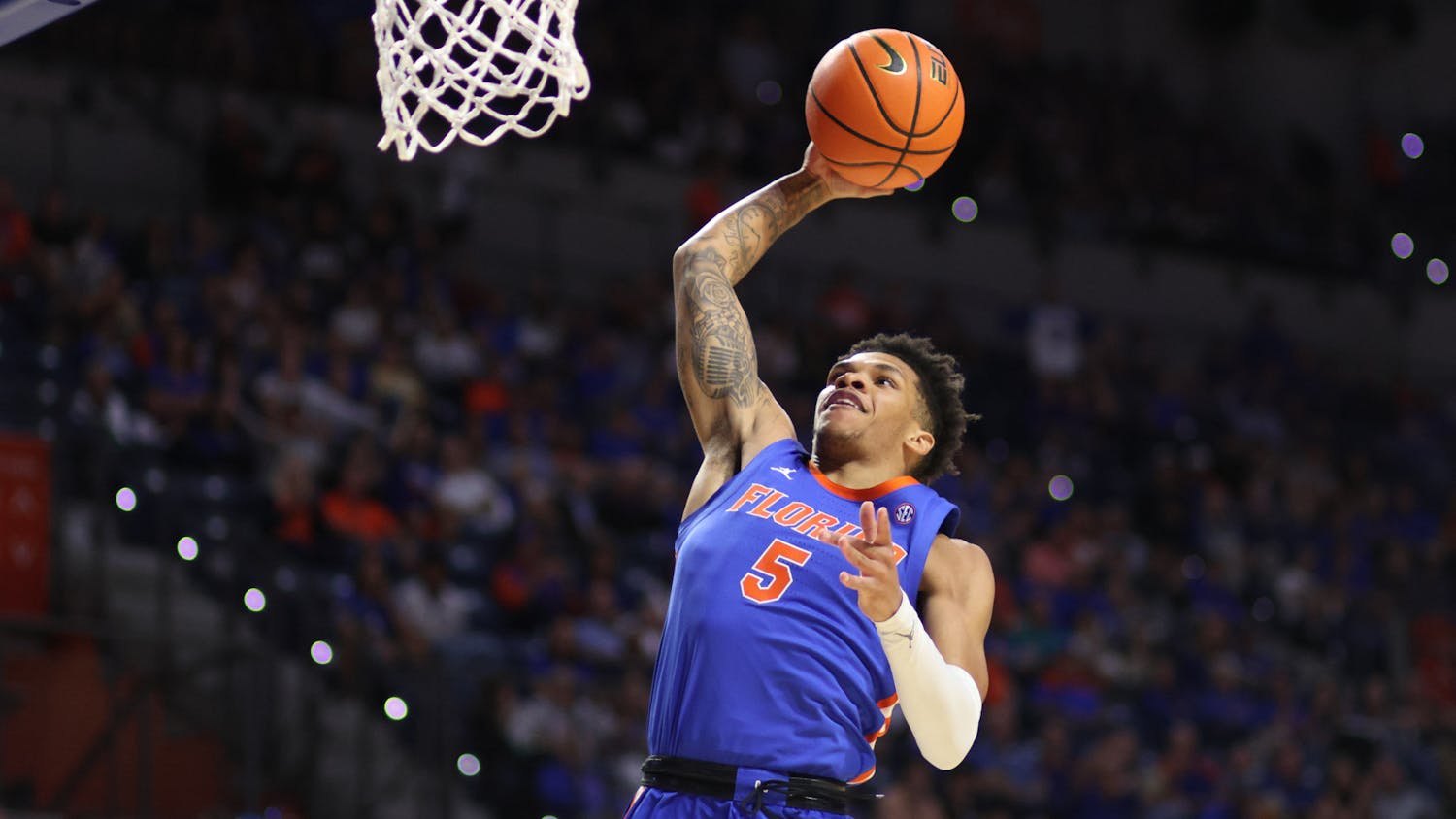At first glance, it doesn't look like a robot.
With five cameras, eight scanning lasers and large antennae on the body of the car, UF engineers' robotic car looks like something out of "Back to the Future."
The engineers and research students at the UF Center for Intelligent Machines and Robotics have been working for months to transform a 2006 Toyota Highlander Hybrid from a human-operated vehicle into the "Urban NaviGATOR," a street-smart, self-controlled robotic roadster.
The engineers and students make up Team Gator Nation. They specifically designed the Urban NaviGATOR to compete in a race sponsored by the Defense Advanced Research Projects Agency, the Department of Defense's research and development organization.
DARPA has sponsored two robotic races since 2004, offering a ,2 million prize for the first-place winner and ,1 million and ,500,000 prizes for second and third places, respectively.
"I call it the heavyweight championship in the world of robotics," said David Armstrong, project manager of Team Gator Nation. "It's not just universities competing. Ford motor company has a team, and Volkswagen built Stanford's car."
Armstrong also mentioned Lockheed Martin, Boeing, Massachusetts Institute of Technology and Georgia Institute of Technology as all having teams entered in the race.
Armstrong said the Urban NaviGATOR is able to maneuver along paved streets, avoid moving obstacles, stop at intersections and determine the best course through a city environment.
The car includes features such as visual sensors, global tracking systems and 13 of the fastest computers on the market.
The first DARPA races were geared for off-road vehicles and held in the desert between Las Vegas and Los Angeles in 2004 and 2005.
Having designed and built vehicles that looked more like moon rovers than cars, UF competed in both with partial success.
According to the team's Web site, UF made it to the final round in the 2005 race but only completed 23 miles out of the 131.6-mile course.
This year's race, called the "DARPA Urban Challenge," prompted robotics teams from around the country to design vehicles that would function in a city environment.
The final competition will start this month on a former U.S. Air Force base in Victorville, Calif.
Qualification races will be held throughout the month, ending in a final race of 35 teams in November.
Armstrong said many tasks that are mundane for some people, such as safely navigating a parking lot or determining right-of-way at a four-way intersection, are complex problems for a robot.
Both are probable situations the Urban NaviGATOR might face in this month's tests, he added.
The Urban NaviGATOR's on-board computer systems combine camera and laser data with GPS. An additional positioning system tracks the car's movement within about 10 centimeters of the car's latitude and longitude.
These features allow the car to have a larger idea of where it's going and an immediate sense of what's in front of it, said Armstrong.
"There are a lot of things that people take for granted that seem easy to do, but we have to get the computer to do it all by itself, such as find the lane and the stripes and stay in your lane," said Carl Crane, director of CIMAR and robotics engineer, in a UF press release.
"I wish I could say we have all these behaviors figured out, but unfortunately that's not the case," said Armstrong.
However, he remains confident the car will be ready by the final qualification in late October.
Armstrong said Team Gator Nation should rank about 15th in the final race.
"I don't care how many people are in the race," Armstrong said. "We are fifteenth in the world because the best teams in the world are in this race."






